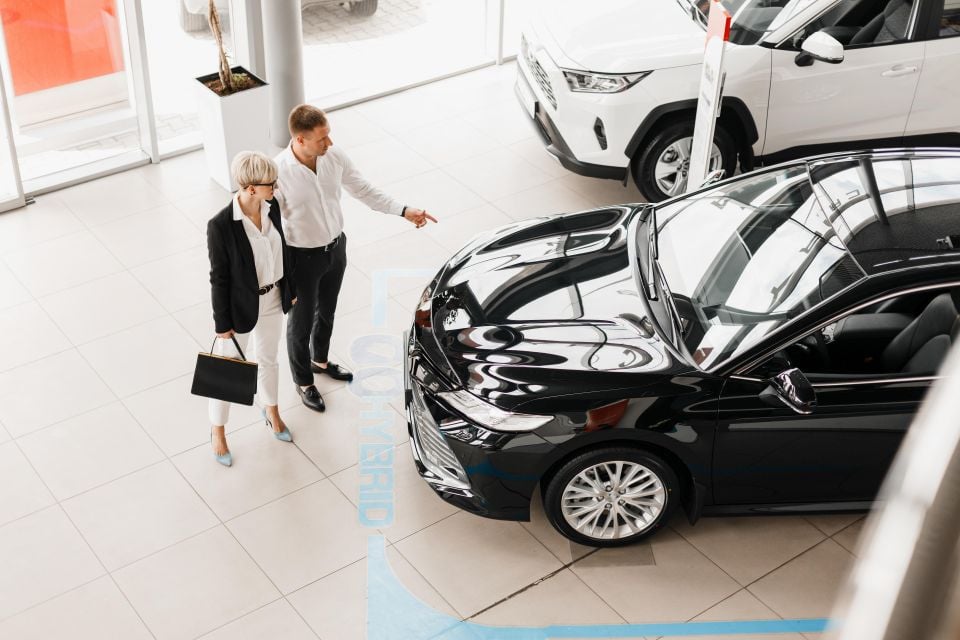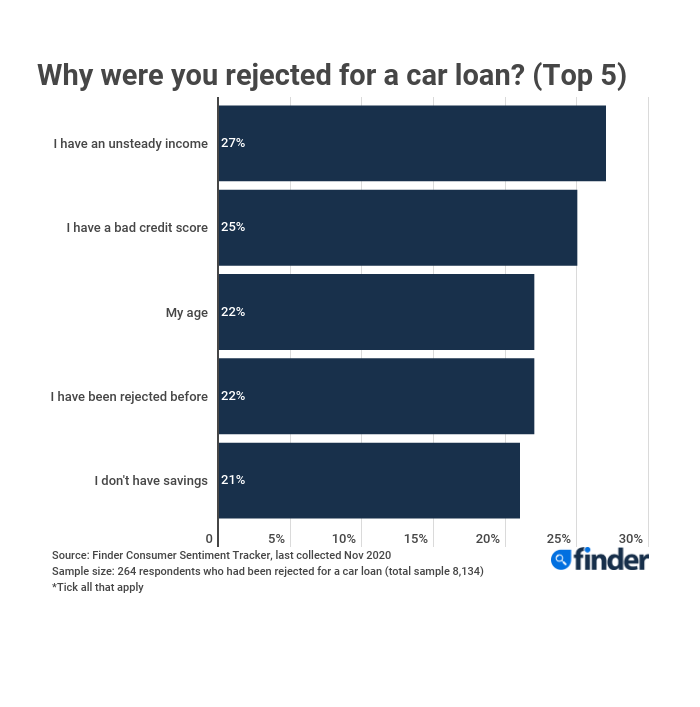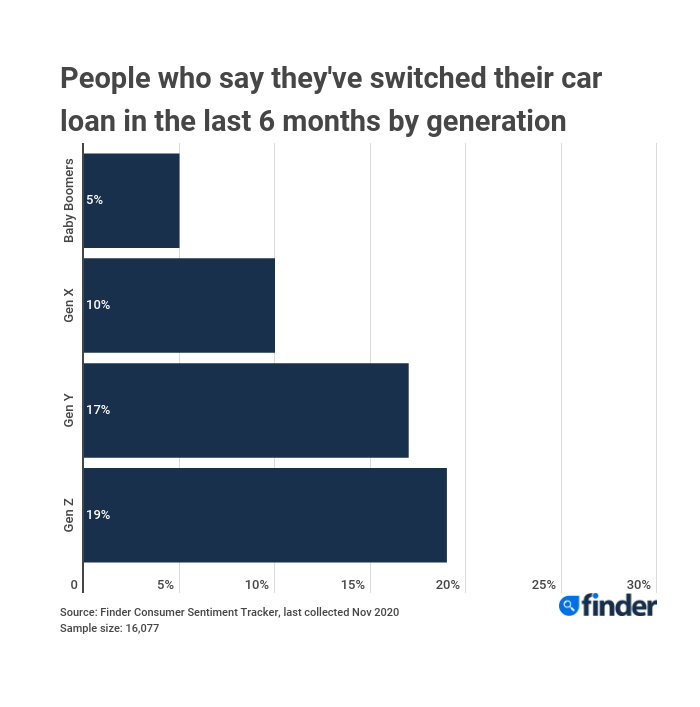

William Stopford
Every SUV, ute and van discontinued in Australia in 2025
8 Hours Ago
Buying a car is one of the biggest purchases you'll make in your lifetime so it's important you have all the information before you sign on the dotted line.

News Editor


News Editor
If you bought your last car with cash, you’re in the minority.
90 per cent of all car sales are arranged through finance according to the Royal Commission into Misconduct in the Banking, Superannuation and Financial Services Industry in 2018.
Of that number, around 39 per cent are financed through a car dealership and around 61 per cent through other sources.
Financing might be for you if you don’t want to wipe out your bank balance in one hit, and instead pay off your car incrementally.
You can choose between dealer financing and a loan from a bank or another institution. Beyond that, you have to choose whether you want a fixed or variable rate and if you want a secured or unsecured loan.
There’s a lot to unpack here, so let’s break it down.

A comparison rate is just that: something you can use to compare one loan with another. It consists of the interest rate of the loan plus all the fees and charges applicable, so that you get a clearer picture of how much you’ll actually be paying.
For example, you may find Loan A offers a lower interest rate than Loan B, which makes it seem the obvious choice. Loan B may have less in the way of fees, however, which means it has the more favourable comparison rate.
Dealer financing appeals to car buyers largely for convenience, as you won’t need to go and contact a bank or shop around. Dealers often have a separate financing arm of their business or an approved financier they deal with and they’ll work to organise your loan – after all, they want to sell the car.
It pays to have done your research before you get to the dealership, however.
“What can happen if you haven’t looked at other options is they can say based on your credit history, it looks like we can set you up with, say, 10 per cent and your monthly payments will be this and you’ll have this payment at the end. Where, if you don’t know what is truly available to you, you could be getting five per cent somewhere,” says finder.com.au money specialist Taylor Blackburn.
By going into the dealership armed with some information, such as what your bank has offered you, you can put yourself in a better position when it comes to negotiating.
“When they go to create your loan, there are options based on your personal situation but there’s also a little bit of wriggle room, just like there’s a bit of wriggle room when you say, ‘Is that the best you can do on the price?’” Mr. Blackburn adds.

Just like paying cash, negotiating is crucial to getting the best possible deal – even if it’s something many of us are uncomfortable doing.
“There’s always a better deal than the best deal. You don’t really know what it is until you’ve haggled,” says Mr. Blackburn.
Watch out for the balloon payment that’s typical with dealer financing. This makes the final payment a larger, lump sum compared with your regular instalments to help keep your regular instalments lower.
If you’ve budgeted for a regular payment amount and forget you’re due for your balloon payment, you may be in for a shock. One consolation is that there’s no interest with this payment.
You don’t need to go with whatever financing the dealer offers. Instead, you can contact your bank and organise a bank loan. They’ll ask for the details of the specific car you’re purchasing and then take you through the process.
If you have yet to decide on a particular car, you can organise pre-approval from your bank. This gives you approval for a loan of a set amount of money, allowing you to go car-shopping knowing exactly how much you’ll have available to spend.
Once you’ve found a car and negotiated with the seller, you can then contact your bank with the details of the car. Typically, pre-approval is only available for a limited window of time.


You don’t need to do a loan through your current financial institution.
For example, I went with a different bank when I was organising my own car loan as the rival bank offered certain features I was after, like the ability to pay the loan off early without incurring fees.
There are also other organisations that offer car loans, such as NRMA. Smaller, competitor banks are often more willing to offer lower interest rates and favourable comparison rates.
Regardless of where you go, it’s best to look at comparison rates.
“When you finance away from the dealer, [look at] what is the application fee, what is the monthly service fee. A lot of times those things can turn what looks like a real sexy rate into a really bad deal,” says Mr. Blackburn.
Though less common in the world of car financing than home loans, some lenders still offer borrowers the option of a variable-rate loan.
It’s a case of risk and reward. You could be lucky to have your interest rate cut during your loan term, or you might just be unlucky and have it increased.
A fixed-rate loan, conversely, means your rate won’t change – it won’t go lower, but it won’t increase either. These are much more common in the world of car loans.

A secured loan is one that is secured by an asset. In most cases, this is the car itself. If you therefore don’t repay the loan, the lender has the right to repossess your car.
If you have a good credit rating and plan on making your payments regularly and on time, you may prefer to go with a secured loan and enjoy the typically lower interest rate.
Less common than a secured loan, an unsecured loan doesn’t hold an asset like the car itself as security. However, lenders will typically apply a higher interest rate and a lower borrowing limit because there’s a higher risk for them – without a car to repossess, they’d need to take you to court to retrieve their money.
Regardless of the type of financing you choose, you’ll likely incur fees. These include but aren’t limited to:
This is why comparison rates are so useful, as a loan could offer an extremely attractive interest rate only to saddle you with oversize fees.

Mr. Blackburn has five tips for when you’re looking at financing a car.
As with paying cash, it’s important to walk into any negotiation with as much information as possible. Do some research beforehand and look at loan aggregator websites such as Canstar or Finder rather than making a beeline for your bank or signing the first offer the dealer gives you.
A car is typically the second most expensive thing you’ll buy in your lifetime. If a little bit of time doing your homework can help you get a better deal, that’s time well spent – and money well saved.
William Stopford is an automotive journalist with a passion for mainstream cars, automotive history and overseas auto markets.


William Stopford
8 Hours Ago


Ben Zachariah
9 Hours Ago


Derek Fung
9 Hours Ago


Matt Campbell
15 Hours Ago


William Stopford
1 Day Ago


Josh Nevett
1 Day Ago